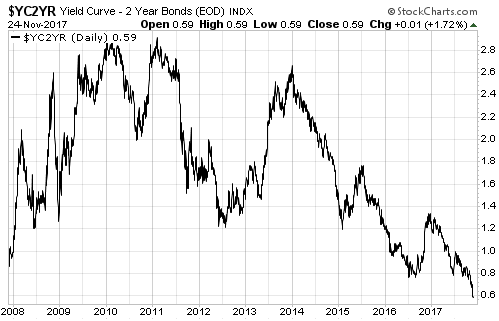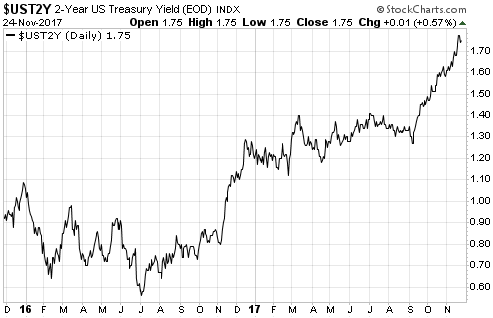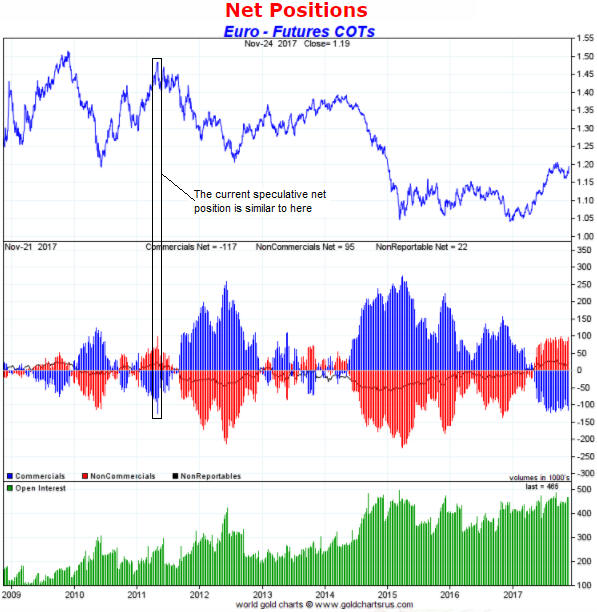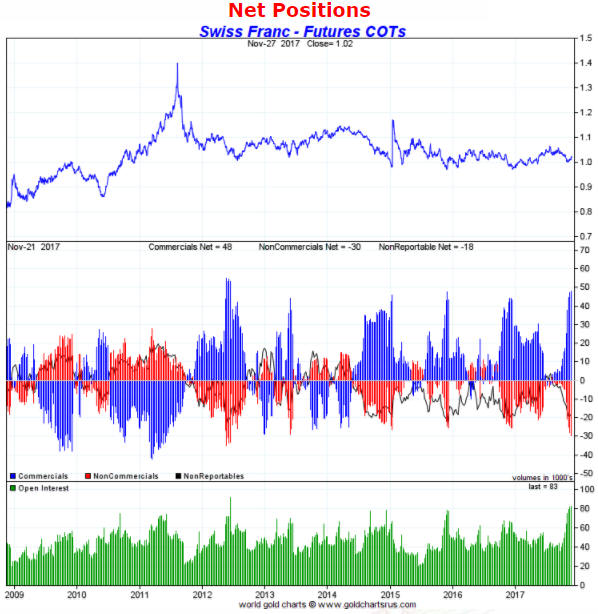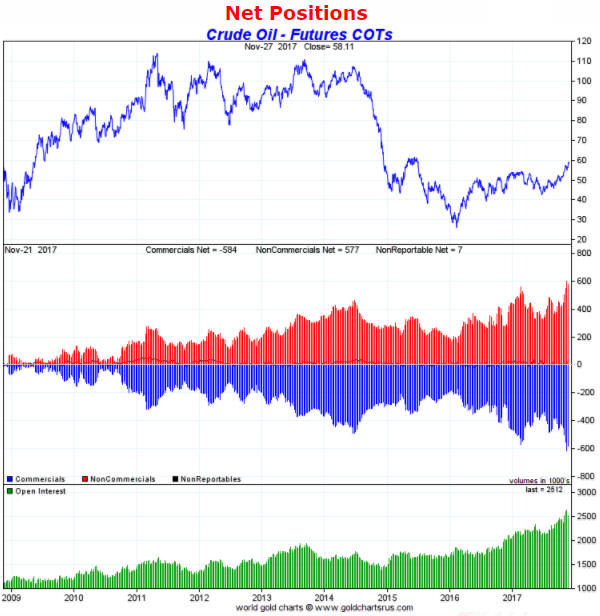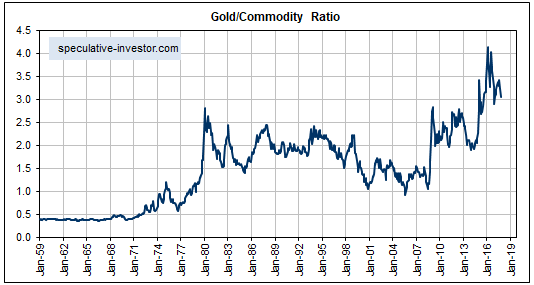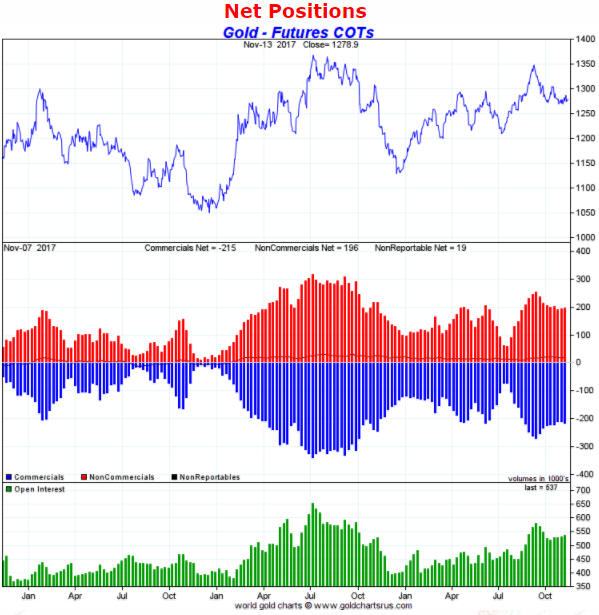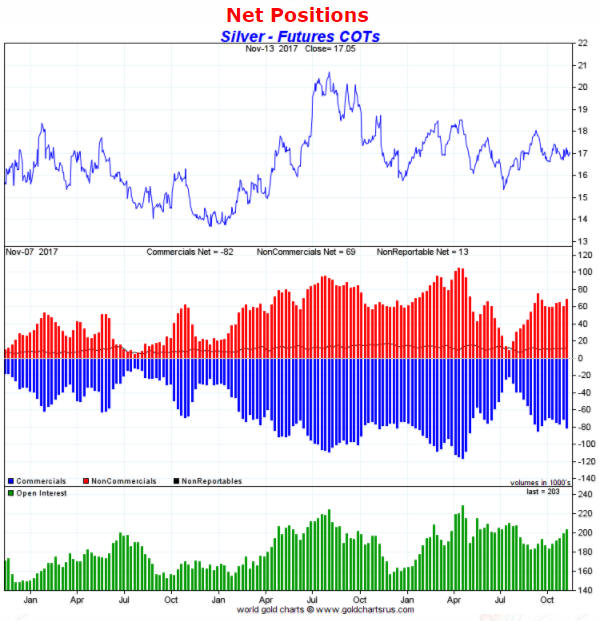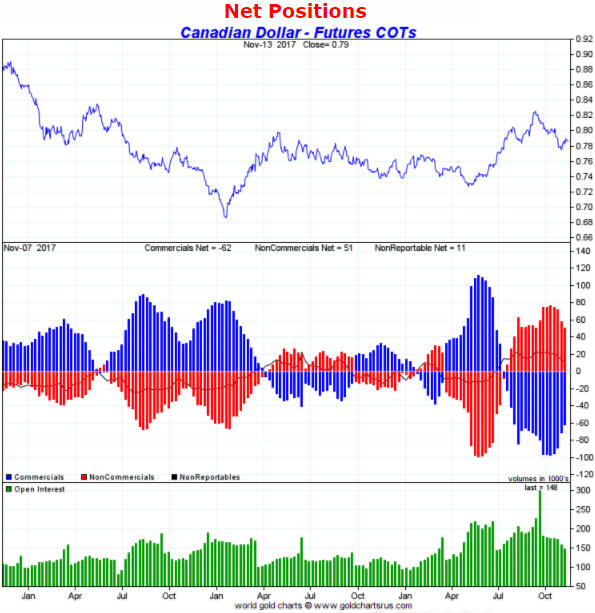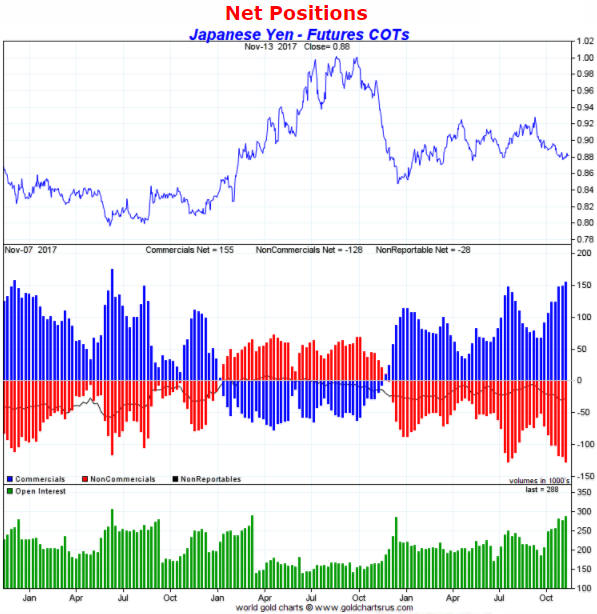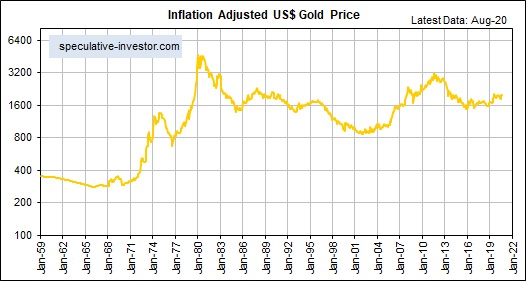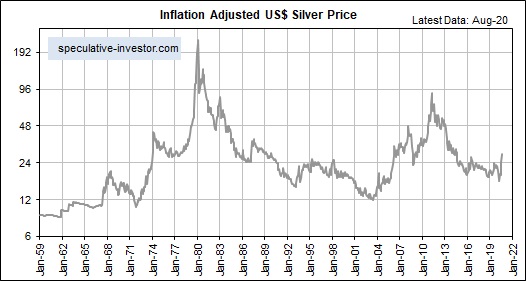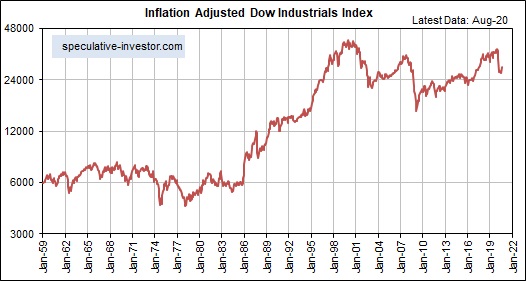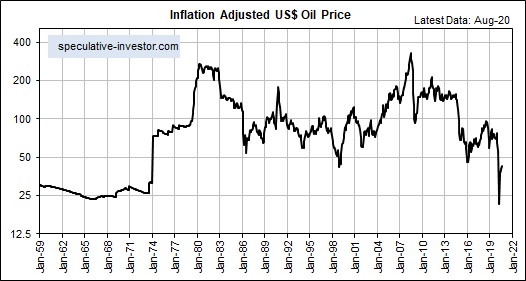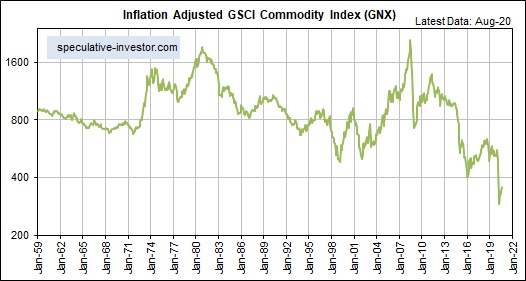In a blog post earlier this week I briefly argued that “government-controlled cryptocurrency” was a contradiction in terms. It depends on what is meant by “cryptocurrency”, but now that I’ve done some more research on the subject I understand how a central bank could make use of blockchain technology and why the government would want to implement a type of cryptocurrency.
My understanding of the subject was improved by reading the white paper on the “Fedcoin” published a few months ago by Yale University. I also read about the difference between “permissioned” and “permissionless” blockchains. As a result, I now understand that a blockchain is a data structure that can be either distributed, as is the case with Bitcoin, or centrally controlled, as would be the case with a “cryptocurrency” issued by a central bank.
I also understand how the commercial banks could profit from the advent of a centrally-controlled cryptocurrency. This is an important consideration because the way the world currently works it is unrealistic to expect the introduction of a new form of official money that would result in substantially-reduced profits for the major banks.
The Fedcoin paper linked above lays out how a state-sponsored cryptocurrency could work. Here are some of the salient aspects:
1. The system comprises a central ledger of all transactions (the blockchain) maintained by the Fed, nodes (commercial banks) and users (anyone who wants to spend or receive a Fedcoin).
2. A user of Fedcoins must have an account at the Fed. Opening an account would involve providing the KYC (Know Your Customer) identity information that anyone who has dealt with a financial institution over the past few years would be familiar with.
3. Users would have digital wallets that held encrypted funds and all transactions would have to be digitally signed, so in this respect the term “cryptocurrency” would apply. However, the Fed and the government would be able to determine the identity of the users involved in any/every transaction (due to item 2 above), so the encryption would not result in genuine privacy. Moreover, the government would have the power to “blacklist” a Fedcoin account, effectively freezing the account.
4. Commercial banks (the “nodes” of the system) would maintain copies of the central ledger and would verify transactions to ensure no double spending. Also, all Fedcoin transactions would be announced to the network of nodes.
5. The Fed would audit and allocate fees to the nodes, with bonuses going to the fastest nodes. I suspect that the payments would be high enough to make this a lucrative business for the nodes (the banks).
6. Nodes would send sealed low-level blocks to the Fed for incorporation into high-level blocks that get added to the blockchain.
7. The Fed would guarantee that one Fedcoin could be converted into one dollar. This would ensure that the Fedcoin had the same stability as the dollar.
8. From an accounting perspective, a Fedcoin would be equivalent to a dollar note. In particular, like physical notes and coins, Fedcoins would be liabilities on the Fed’s balance sheet.
9. The Fed would have total control over the supply of Fedcoins, so the advent of this cryptocurrency would not reduce the central bank’s ability to manipulate the money supply and interest rates. On the contrary, the central bank’s ability to manipulate would be enhanced, because it’s likely that the Fedcoin would replace physical cash. Among other things, this would simplify the imposition of negative interest rates should such a policy be deemed necessary by central planners.
What would be the advantages and disadvantages of a government-controlled cryptocurrency such as Fedcoin?
According to the Bank of England (BOE), digital currency could permanently raise GDP by up to 3% due to reductions in real interest rates and monetary transaction costs. Also, the central bank would be more able to stabilise the business cycle.
The BOE’s arguments amount to unadulterated hogwash, for reasons that many of my readers already know and that I won’t rehash at this time.
Clearly, the driving force behind a centrally-controlled cryptocurrency would be the maximisation of tax revenue, in that the replacement of physical cash with a digital system that enabled every transaction to be monitored would eliminate a popular means of doing business below the government radar. Fighting crime and promoting economic growth would be nothing more than pretexts.
That being said, a currency such as Fedcoin would offer one significant advantage to the average person, which is that people could do on-line transfers and payments without having an account with a commercial bank. This is because currency transfers could be done directly between digital wallets.
Also, an official cryptocurrency such as Fedcoin would offer some advantages over Bitcoin, the most popular unofficial cryptocurrency. First, Fedcoin would not have the Bitcoin volatility problem. Second, Fedcoin would be vastly more efficient.
With regard to the efficiency issue, the Proof of Work (POW) aspect of Bitcoin is a massive waste of resources (electricity, mainly). Furthermore, Bitcoin’s inefficiency is deliberately built into the system to limit the rate of supply increase. To explain using an analogy, the high and steadily-increasing costs deliberately imposed on Bitcoin transaction verification and the resultant creation of new coins would be akin to forcing all gold mining to be done by hand, and then, after a certain amount of gold was extracted, making a new rule that required all gold mining to be manually done by crippled miners.
In a way, Bitcoin and the “altcoins” constitute a large and rapidly-expanding Keynesian make-work project. Too bad that such projects result in long-term wealth destruction.
Given the benefits that the government, the central bank and the most influential economists (all of whom are Keynesian) would perceive, it’s a good bet that state-sponsored cryptocurrencies are on the way. For the private sector the introduction of such currencies would lead to cost savings in the money-transfer area, but enhancing the ability of the government to divert resources to itself and enabling even greater central bank control of money definitely would be a barrier to economic progress.
 Print This Post
Print This Post

